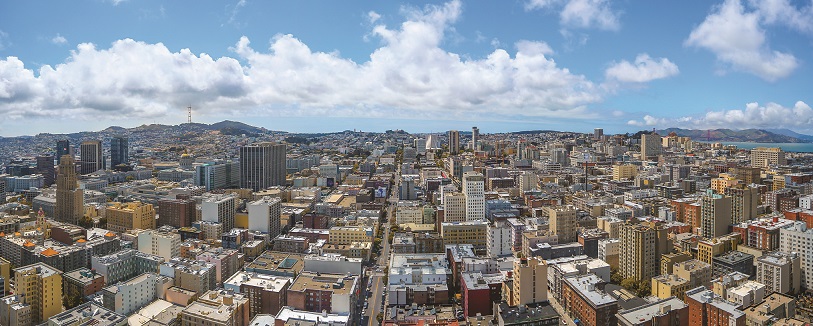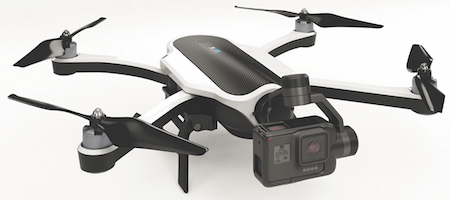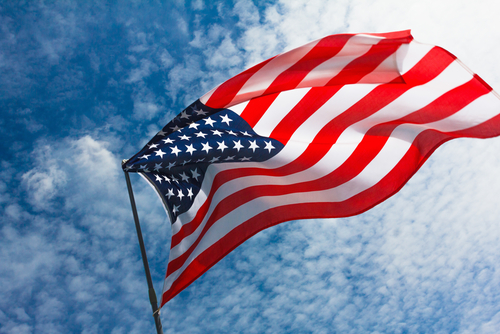 |
| Steven Miller |
The law governing use of unmanned aircraft, commonly called drones, is still in its nascent stage in the United States. Federal regulations are being developed by the Federal Aviation Administration (FAA), albeit at a measured pace, with finalization not expected until late in 2016, or even 2017. Recent Federal efforts to require consumer drone registration are also pending, although there are many practical questions surrounding implementation.
In California, 2015 saw a number of State measures governing the use of commercial drones pass the California legislature, only to be vetoed by the Governor. These bills included seemingly uncontroversial measures that would have prohibited drones from interfering with firefighting efforts, flying over prisons, and flying over schools without appropriate permission. The Governor signed only one piece of drone legislation—a modest expansion of an existing anti-paparazzi law that now specifically includes use of drones as a method by which a civil invasion of privacy might occur.
The Consumer Technology Association has estimated that over one million new drones were sold in the United States in 2015, up from 128,000 in 2013. California is the home of much of the USA’s drone-related business, with the San Francisco Bay Area the epicenter of drone technology. This fast-growing industry is not waiting for Federal or State law to be developed before pouring investment and effort into the development of hardware and software.
Due to a combination of both technological and consumer growth and Federal and State legal stagnation, efforts to regulate commercial and consumer drones have shifted to the local level. We can expect to see more local government agencies in California starting to consider their regulatory role in this area.
Four recent examples of California City action demonstrate the different municipal interests at play, and the types of drone regulations we can expect to see from other cities and local agencies in the future.
-
The City of Los Angeles enacted an ordinance imposing restrictions consistent with proposed FAA regulations. However, they are carefully adapted to the local environment and recreational drone use (ie non-commercial use that is beyond the proposed FAA regulations). Recreational users may only fly drones during daylight hours within the line of sight of the operator. Additional restrictions also apply; a commercial drone user that does not comply with all federal regulations is also potentially in violation of the local ordinance, and is subject to misdemeanor penalties of up to $1,000 and six months in jail.
-
The City of Santa Clara found that drones create an “unnecessary risk of accident, terror attack, and opportunity for counter surveillance or for the delivery of harmful substances in a densely populated area.” Acting under its police powers to protect public safety, the City enacted an ordinance that prohibits all commercial and consumer drone flight around certain areas. These include within a half-mile around and over the City’s NFL stadium, local college sports facilities, and other “large venue special events in public parks and public facilities that will attract large groups of people.” The ordinance also contains weight and other design restrictions.
-
The City of Poway, near San Diego, passed an ordinance intended to prevent interference with firefighting efforts, through a measure which is broader in its actual scope. The ordinance effectively bans the use of drones in any open space or rural residential area within the City limits. The City Mayor commented that the ordinance would only be enforced during an emergency when firefighting helicopters are being used, although the ordinance itself does not contain such a limited enforcement provision.
-
The City of Berkeley wanted to regulate the use of drones by the City and was not concerned with use by others within the City limits. Citing concerns about citizen privacy and a possible diminishment of Fourth Amendment warrant requirements, the City of Berkeley enacted a complete moratorium on the use of drones by the Berkeley City Police Department.
Additional drone regulations are actively being planned by California local government agencies. These essentially fall into two categories. First, some regulations focus on public safety and security. Like those enacted by the City of Santa Clara or the City of Poway, these seek to protect critical infrastructure or prohibit interference with key public safety functions.
Second, some regulations focus on privacy. Like the City of Berkeley’s ordinance, they focus on the use of drones by government. Berkeley’s complete moratorium may be an extreme example. More common are efforts by Cities and local government agencies to develop ordinances that specify how and when drones may be used, both by public safety officials and by other departments (for instance public works and public parks departments) in order to balance the benefits of drone use with a protection of citizens’ privacy rights.
If and when the FAA enacts regulations, some questions may arise regarding Federal preemption of local ordinances. Until this time, those interested in the law of drones (whether manufacturers, supporting technologists, or private citizens), should expect the most meaningful regulations in 2016 to occur at the local level.


.jpg)
.jpg)
.jpg)

.jpg)




